Beef cattle are unfairly criticised for having a poor feed conversion ratio compared to other animals. There is a perception cattle eat more feed than other animals and produce fewer kilograms of beef/protein per hectare.
The complication with this statement is that to only measure how much is eaten then compare that with the weight they put on is simply not comparing apples with apples.
While cattle do eat a lot, the benefit of a beef animal is that it has a rumen that digests what would otherwise be worthless low quality, fibrous food.
The rumen is one of the miracles of nature. In vast arid tracts of Australia, where no other agricultural pursuits are possible, the beef cattle convert valueless fibre into protein, which is digestible for humans. That fibre would otherwise oxidise back into the air as carbon.
Scientists compare that program with fish.
The feed conversion ratio of fish is 2:1 while beef cattle fall between 5:1 and 7:1 – depending on the quality of the feed.
However, fish eat high protein (around 35 per cent protein, often sourced from other fish) to reach that 2:1.
Krill is harvested from the sea, taken to land where it is pelletised, steamed and dried, and then fed to fish. That is a significant carbon footprint!
Comparing these two systems, an animal will graze, walk around and harvest the food by itself.
Its progeny will then be reared on that product, via its mothers milk, before being taken to be finished on grass, or grain for the last 90+ days, before processing.
Many non-rural people believe beef animals are fed in feedlots all their lives. It’s categorically not true.
Of the animals that go into a feedlot, only a small percentage of their life is there, to increase meat flavour and tenderness for the restaurant industry.
Feed Conversion Ratios – comparing Apples with Apples
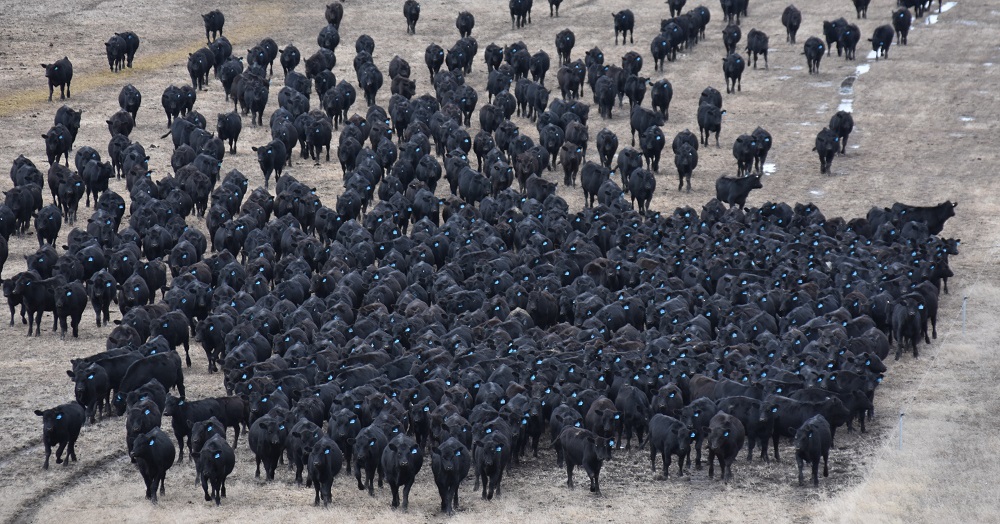
- Meet our peopleOur People
Meet the Te Mania team. We have an approachable team who are brimming with passion and energy for the beef industry. Our team know what we do is important and work hard to provide high quality and profitable breeding herds.
- Read our testimonialsTestimonials
Our clients trust us to provide quality. We deliver! We know this because they tell us! Please read some of our reviews to see what our clients have to say about us. We are thrilled to have received plenty of great feedback.

